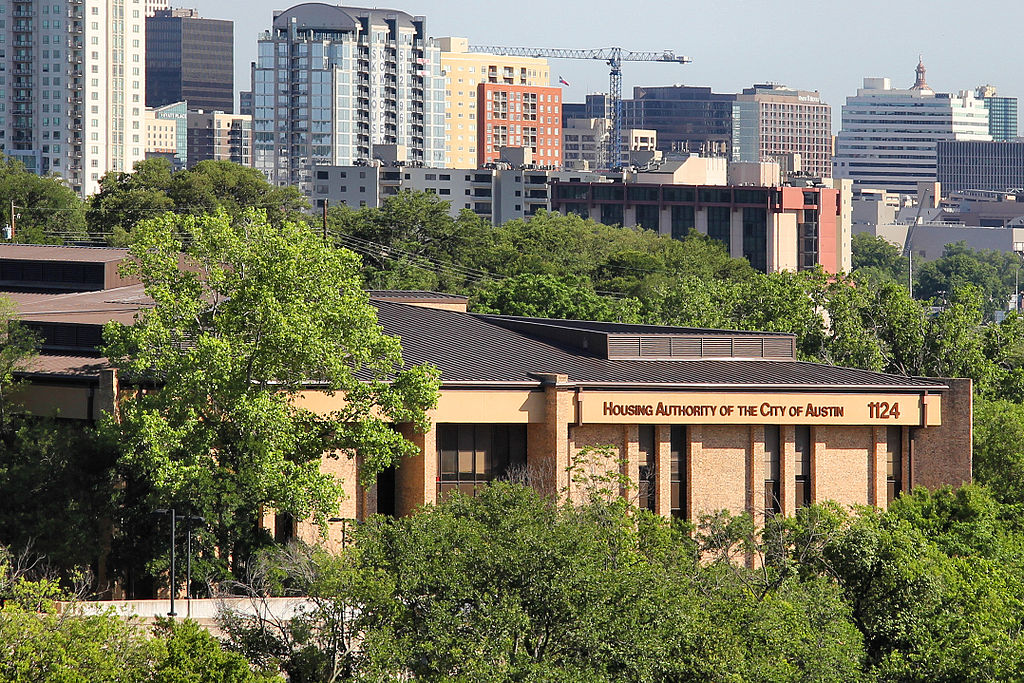Driving through the heart of Austin’s Latino Crescent — east of Interstate 35 and north of the Lady Bird Lake — you’ll come upon a familiar scene:
Happy families grilling asada at someone’s house, or if the weather’s nice, at a park. It could be brisket instead, but there’s always arroz, frijoles and, of course, cerveza. The sound of a conjunto is playing from someone’s car stereo. Primos are chasing each other around the yard; tíos and tías are catching up on family gossip; Abuelo is asleep in the recliner.
It’s the same tableau, over and over, block after block.
Until, it’s not.
When a neighborhood becomes gentrified, these are the scenes that get erased — not the buildings, or the fences, or the trees. First, it’s the people that go.
I was raised in a California neighborhood similar to those found in Austin’s Latino Crescent but have lived in Texas almost 10 years. Here’s a question that might nag outsiders like me: What’s the big deal about housing affordability?
Those of us coming from California or New York would be remiss not to notice how much cheaper it is to live here. Even Curbed Austin and CultureMap have published recent articles highlighting a sizable portion of Austin’s population that is not feeling burdened by rising rent. They cite a report that finds that to comfortably afford a median-priced two-bedroom apartment, all you need is an annual income of $57,040. That’s well below Austin’s median household income of $65,756. So, what gives?
The truth is, the report only tells half the story and leaves out the variability of a general population’s income. It doesn’t tell us that, in Austin, the Latino median household income of $47,330 is about $10,000 short of what is required for the average two-bedroom apartment, or that the median household income for African Americans, $41,433, is even further off.
So, while Austin as a whole may not be rent burdened, the majority of its black and Latino households are. Equally as frustrating, these communities are also more frequently targeted by investors chasing lower housing values.
In the Latino Crescent, only 45% of residential properties are owner-occupied. Homeownership can be a driving force that stabilizes neighborhoods and prevents neighborhood deterioration, increasing home values. That’s not to say that real estate investment is an overall negative force; but when combined with a high housing demand, stagnant incomes and a lack of protective measures for vulnerable residents, real estate investment could exacerbate the affordable housing crisis in Austin.
Though I am a proud Latino with a profession that allows me to research and promote housing affordability, even I have to worry about my contributions to the problem. Gente-fication is a concept just starting to make its way around Latino communities, as increasingly educated, well-paid Latinos begin to snatch up affordable Craftsman homes along with the rest of the gentry.
Whether it’s higher-income whites, Latinos, blacks or Asians, gentrification is part of a larger problem whereby incomes are not keeping up with the costs of living.
We do a disservice to the community when we think our presence is making a community better. Changes to a neighborhood in the form of loss of cultural character shouldn’t be “exciting” — something a realtor recently told me. Instead, we need to preserve the neighborhood character by supporting policy recommendations such as The People’s Plan and Affordability Unlocked, and fight to make sure that the people who already live in the neighborhood are able to enjoy the improvements and services that come with redevelopment.
In short, whether it’s the website disseminating half the story, the opportunistic investor scouting in the Latino Crescent, or the researcher looking for a place to put down some roots, we all have a part to play in the erasure of Latino families on the east side, and as much a part to play in their preservation.
Gabriel Amaro is an affordable housing researcher for the Latino Research Institute (LRI) at The University of Texas at Austin., where he helps generate research that is vital to sustaining healthy, productive and just environments for Latinos. Visit the LRI website to read Amaro’s recent findings and to explore an interactive map of investor v. owner rates in your neighborhood.
